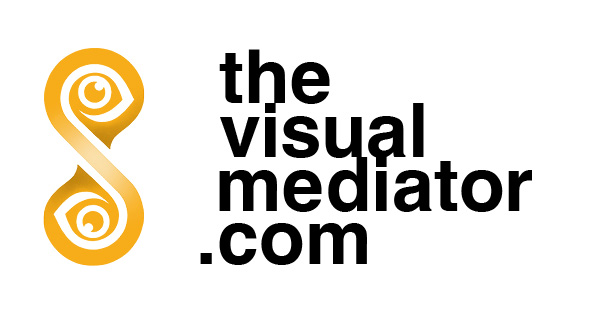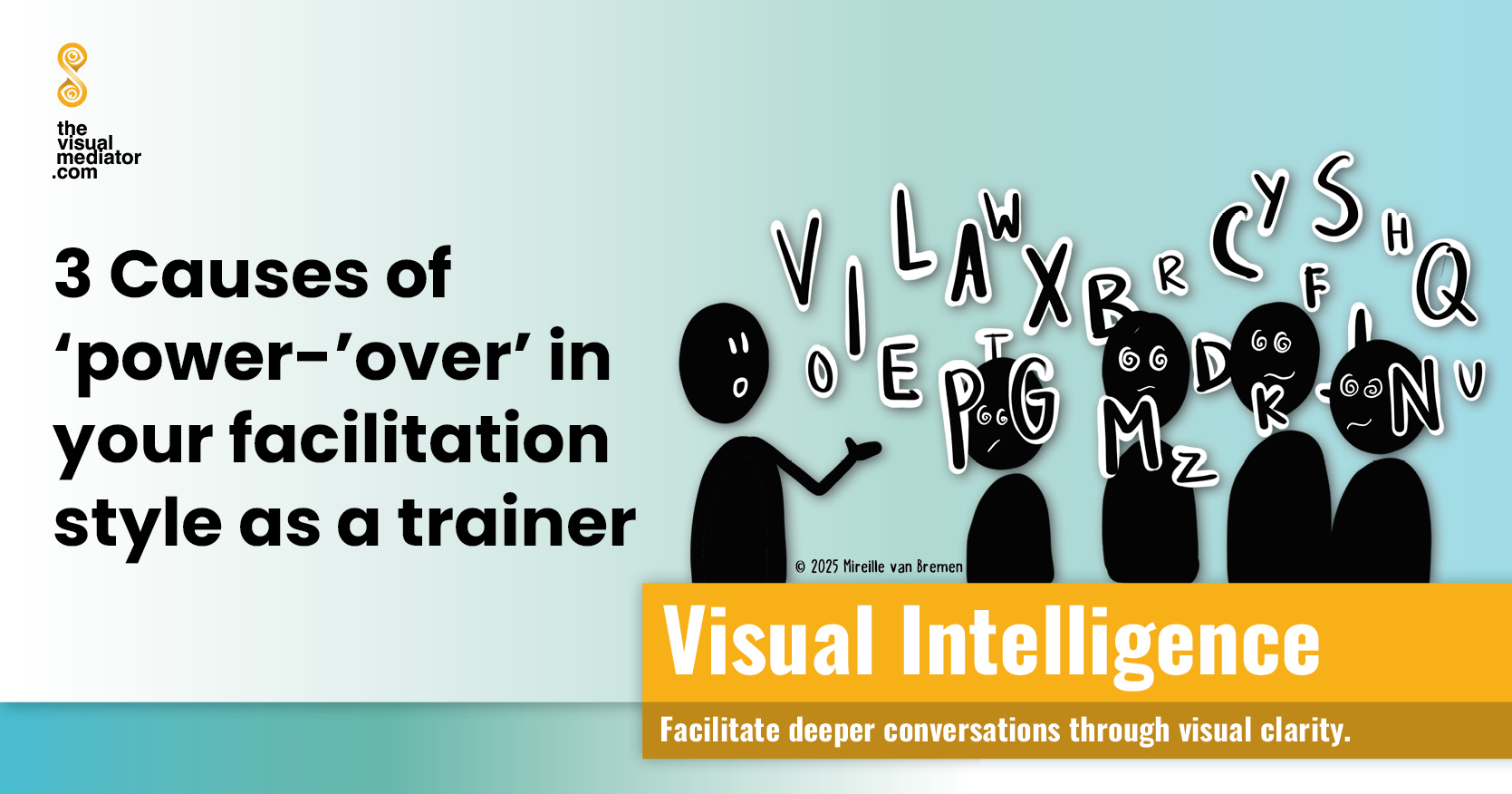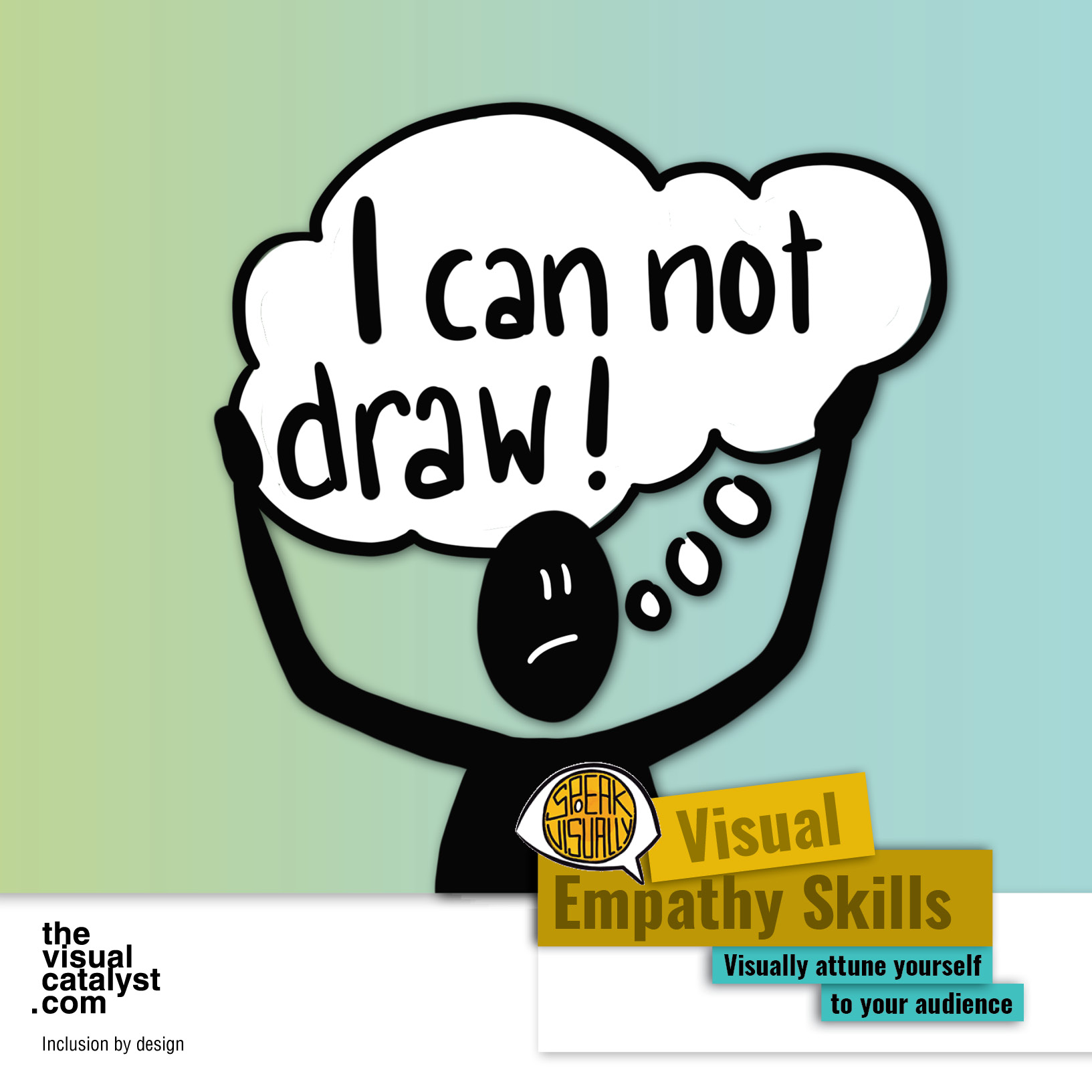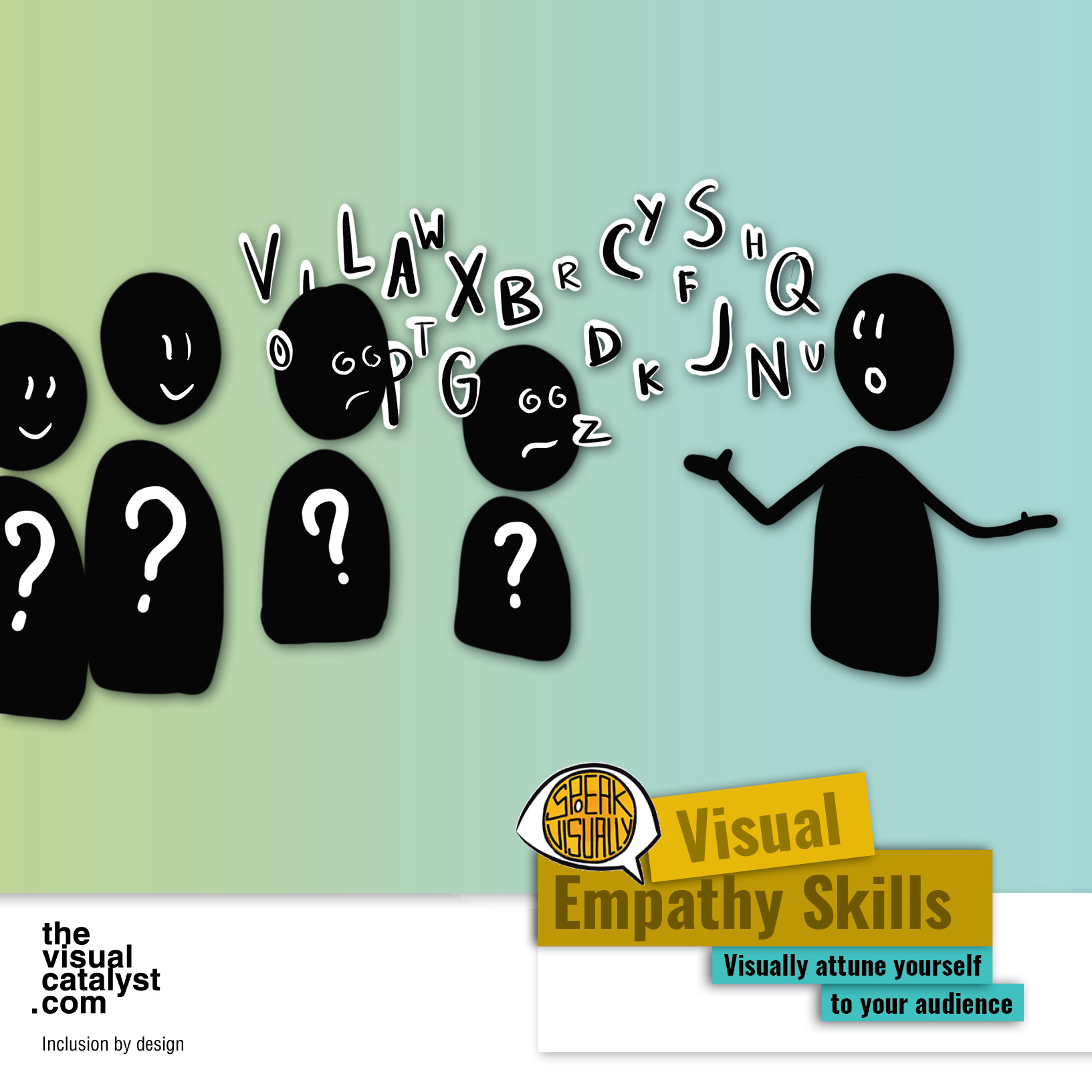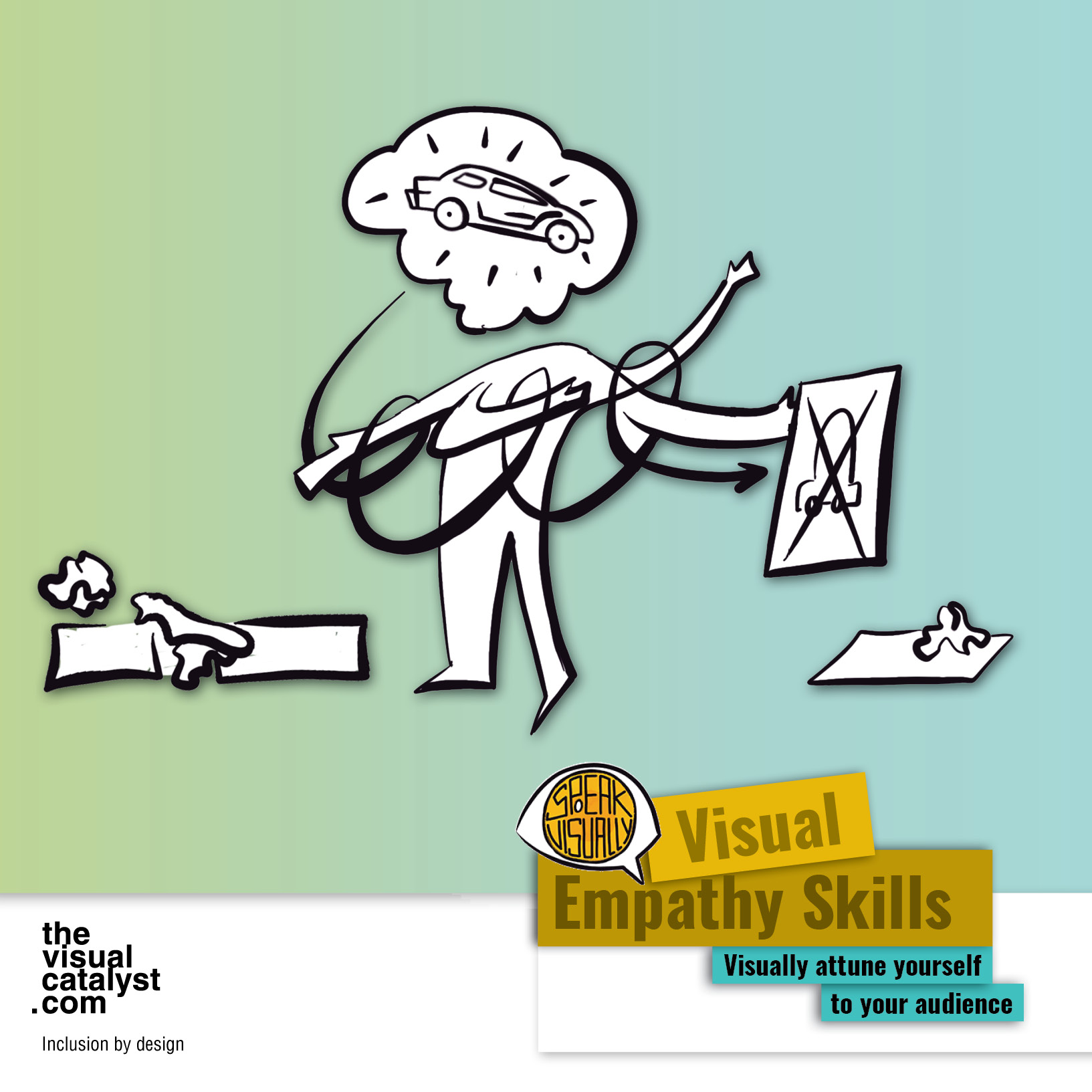If you yourself depend on visual clues to learn, then you have an understanding of this gap. In my view this gap creates a ‘power over’ paradigm in learning environments. The participant / student at the receiving end, needs to work harder to understand, track and integrate. When the trainer does have awareness of this gap, uses sufficient strategies to close the gap, or even welcomes participants to visually express themselves, the paradigm shift towards ‘power with’.
As trainers we have a choice. We can either develop our skills to close the gap, or let the participant do the extra work – and let them deal with the discomfort and impact of our choice. While it is understandable that trainers offer their teaching in the way they enjoy, have skills for and feel comfortable with, we have a responsibility as a trainer to meet the participant in their learning needs, haven’t we? In my view we do.
I surely favour finding a balance between accepting ourselves / being authentic and which skills we can still learn, even if it comes with some discomfort. And I think there is quite some space here to be explored. Especially in the area of adding visual expression to our communication and while doing so, also use visual tools.
Growing our capacity to be (visually) inclusive to an audience that does not learn like the mainstream, is easier than many people think. And there are good reasons for it. We find the first clues in the challenges various participants face. Let’s have a look and explore also the impact and some strategies to what we can do about this.

WHO BENEFITS FROM VISUAL EXPRESSION & VISUAL TOOLS?
Non-native speaker are using a part of their brain space and learning capacity to bridge smaller and larger language barriers. This costs energy, effort and time and decreases their ability to follow the training as native speakers can do.
2 ➤ VISUAL THINKERS & LEARNERS
To no surprise I guess, the participants who have a preference to learning or thinking visually are impacted. Research shows it is some 60%, which is less important than knowing that every audience includes a significant group of people who need to see what we mean in order to follow, understand and integrate what they learn.
3 ➤ PARTICIPANTS WITH SPECIFIC LEARNING (DIS)ABILITIES
Werther the impairment / disability is caused by brain damage through an accident, trauma, medication or if a participant was born with special talents or with a disability, these participants have specific learning needs most people never even think of. Sadly this group of participants faces multiple or a life long challenges in getting their needs met in (mainstream) learning environments and must often be assertive because they are not met with empathy and consideration. Not to mention tools that can help them are not present.

THE IMPACT ON THESE PARTICIPANTS
2 ➤ Participants may feel disappointed, discouraged and unsatisfied because the effectiveness of the training is compromised (for them and not for those who’s learning style is attended to).
3 ➤ Participants may feel frustrated, perhaps even angry that they had to work much harder than others and their output was reduces while everybody made the (same) financial contribution to attend, which may not meet their need for ease and fairness.
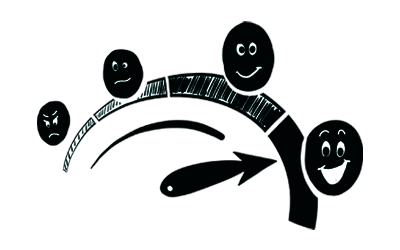
THE ISSUES TO CLOSING THE GAP AND WHAT TO DO ABOUT IT
CAUSE #1
Holding on to our belief about our (in)ability to be visually expressive.
Whatever your experience was, the amount of structural power we grew up in was directive for the belief you developed. Is the belief we hold on to along the lines of ‘I have no talent’, ‘I can not draw’, we may feel scared and not express ourselves visually and as a trainer, never even lift a marker to write on a flipchart. Believing ‘others are better’ might still enable us to write on a flipchart or create some slides for a digital presentation but we probably feel unsatisfied or embarassed. Have you grown up in an environment that was supportive or you simply find joy in drawing, then you might believe something like ‘this is fun’, ‘I got this’ or ‘let me show you what I mean’. In this last case you probably feel at ease, joyous or inspired.
There are many situations in which visual expression is not all that important to be understood by others in the way want to be understood. But in a learning environment such as your training, including visual aspects in your communication, can make a huge difference. In my view, by not communicating visually, we keep the same systemic power in place as we may have experienced as a child.
The biggest cost to that is, that we limit our own possibilities to be understood in the way we like and we become less accessible to those who need besides verbal and non-verbal communication, also visual communication to be able to learn from us as a trainer – unless they work harder than others in the group.
ACTION
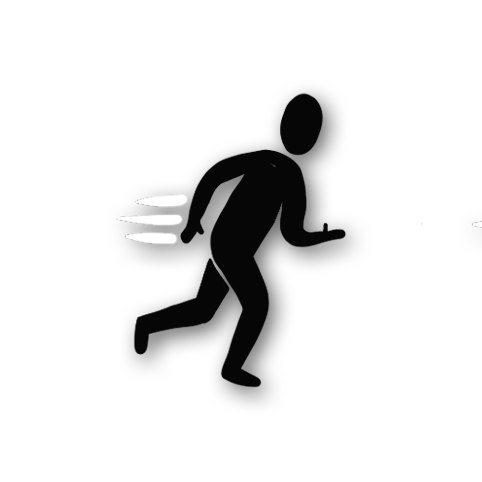
- Identify the belief you hold as soon as you think about picking up a marker to write on a flipchart in front of your audience.
- Ask yourself how this belief has been serving you till today.
- Which needs of yours are met by holding on to this belief and which needs can’t be met for as long as you hold on to this belief.
- Celebrate and mourn what arises, then think about a strategy that would meet both of the needs you identified.
CAUSE #2
Undefined audience and insufficient (visual) empathy and attunement.
Visual empathy helps you create a clear picture of your audience(s). This clear picture matters because it provides clarity about the (potential) gap between what we offer and how we offer it, and how our offer (teaching) is received by our audience. Next we can come up with strategies that may work to close the gap for your specific audience.
ACTION

- becoming very specific about the audience you are choosing to work with.
- You then pick out one person and deeply empathize with their experience of the world and what it is like for them to participate in your training. That way you come to understand their pain, challenges, desires, (learning) needs, communication style and a lot more that helps you see the difficulties they may face in being receptive to your teaching and facilitation style.
- When that is clear, it is possible to start thinking about strategies to close the gap.
CAUSE #3
Avoiding to learn visual language and create visual tools.
You haven’t heard of visual language, nor did you learn it because it isn’t taught in schools. Yet, it is powerful and extremely useful to communicate with the audience named above.
1) you get to express the message in your head on paper, a slide or other medium.
2) non-native speakers will understand faster because they see a part of the meaning through visuals, shapes and the way the message is expressed in a layout.
3) visual learners can grasp the concept at once and integrate the complete message in their memory.
4) those with learning (dis)abilities get a chance to integrate the message and meaning in less words, in their own speed and through various ways, verbal, non-verbal and visual.
Once you speak visual language, it becomes a lot easier to create visual tools for your training. The visual tools become nothing more than the medium on which the visual language is applied. The choice of tool is the most optimal form and carrier of your message and serves a specific purpose. The visual language applied on it, is the most essential expression of your message. Examples of visual tools are flipcharts, visual templates, dance floors, card decks, …
ACTION

1) Learn visual language. This is the first thing I teach in my programs.
THIS blog goes more into the details.
2) Learn more about visual tools and start integrating them in your training. Think about where in your training flipcharts can support the process, the transfer of knowledge or harvesting. Could you make use of a larger poster as an overview of the training? Or visual templates to harvest insights, questions, or key learnings? Could you work with a card deck, games, puppets or other 3d objects, a dance floor or other tools that offer visual clues?
MAIN INSIGHTS
INSIGHT 1 ⚡️ Transforming our beliefs about our (in)ability to be visually expressive allow us to express ourselves visually with the use of visual language.
INSIGHT 2 ⚡️ When we learn visual language we can start creating visual tools for our trainings.
INSIGHT 3 ⚡️ Defining our audience and visually empathizing with them offers us insight in their needs, desires, pain, learning style and needs, communication style and also their visual world.
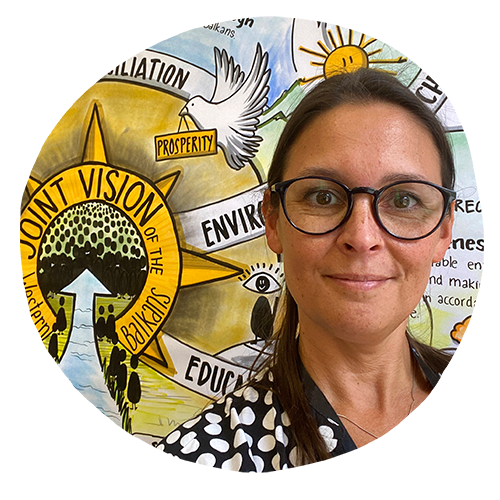
My name is MIREILLE VAN BREMEN
I value transparency, equality, fairness, peace and wellbeing, and I believe peaceful relationships are the result of how capable we are in listening and valuing each other's contribution in co-creating the future. This is why I create, design and offer products and programs that help us develop and use our visual and emotional intelligence to promote these values.
The foundation of my work is formed by two studies at the Willem de Kooning Academy of Art in Rotterdam, The Netherlands, and years of experience in the fields of graphic design, illustration, graphic recording, visual facilitation training and Nonviolent Communication based coaching, training, and conflict resolution.
I work as a bridge between complex ideas and audiences, using visual tools to clarify, present, and interpret information. Through graphic recording of discussions and visual facilitation of processes, I support getting all stakeholders to speak one voice, making it possible to create a joint vision of the future that all stakeholders are committed to.
